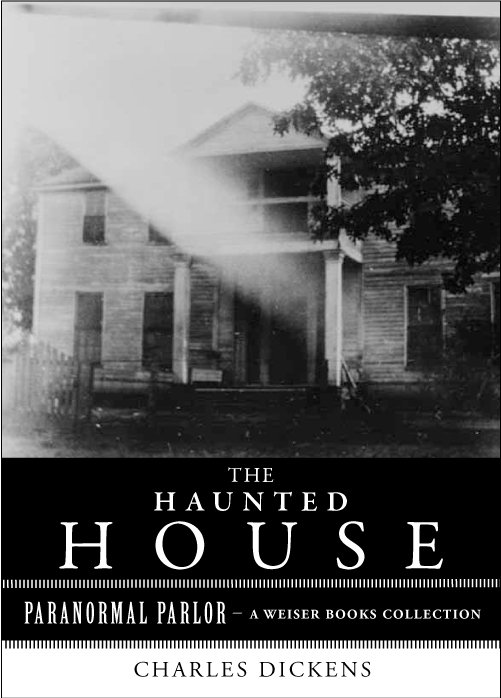Happy Holidays, you weirdos! I’ve got a little present for you. I recently got together with my esteemed publisher for Weiser Books Radio Hour, to read to you from a little tale from Charles Dickens’ A Haunted House.
Charles Dickens’ Christmas ghosts were rampant in his 1894 pamphlet Christmas Stories, a holiday supplement to Âll Year Round, a publication for which Dickens served as editor. The Haunted House is both a fictional house where like-minded guests and ghosts gather and a literary gold mine, where Dickens’ favorite authors of the day gathered to tell their particularly assigned ghost stories. Dickens created the setting and each room of the Haunted House was assigned to one of his favorite writers (and to himself).
Wilkie Collins, born in London in 1824, met Dickens in 1851. Shortly after this, both men acted together in Edward “Dark and Stormy Night” Bulwer-Lytton’s play Not So Bad As We Seem. This “set the stage” for what would become a lifelong friendship. Like Dickens and most of Victorian England, Collins had a healthy relationship with the idea of ghosts. That is to say, he believed in them—at least as a literary device. He wrote dozens of plays, short stories, and novels, the most famous of which was called The Woman in White, which was later adapted for the stage and even modern film.
Wilkie Collins was assigned “The Ghost in the Cupboard Room,” occupied by one Nat Beaver, a salty old merchantman who has some nervous ticks brought on by a most unexpected specter of his past. Join me, to find out what haunts this sailing man; who else was in the house; and to hear a tale of terror (and bondage) on the high seas.
Click HERE to listen.
Merry Meet!

